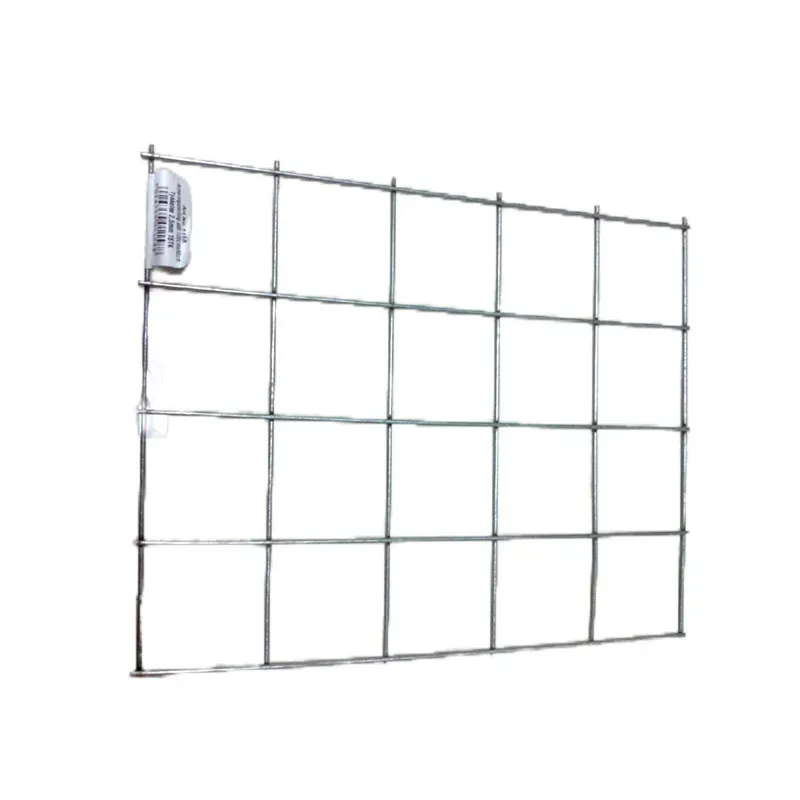Nov . 01, 2024 19:51 Back to list
Creative Uses for Metal Chicken Wire in Home and Garden Projects
Metal Chicken Wire A Practical Guide for Homeowners
Metal chicken wire, often referred to as poultry netting, has become an essential material for various projects in gardens and farms. Known for its versatility and durability, chicken wire serves more purposes than simply containing poultry. In this article, we will explore the benefits, uses, and installation tips for metal chicken wire, making it a valuable resource for homeowners and DIY enthusiasts alike.
Understanding Metal Chicken Wire
Metal chicken wire is typically made from galvanized steel, which provides rust resistance and increased strength. The wire is woven into a hexagonal pattern, which allows for adequate airflow while preventing the escape of small animals. The standard gauge for chicken wire ranges from 19 to 22, with heavier gauges providing enhanced durability. Depending on the intended use, you can find different heights and thicknesses suitable for your specific requirements.
Applications of Chicken Wire
1. Poultry Enclosures As the name suggests, chicken wire is primarily used to create secure enclosures for chickens and other small animals. It prevents predators such as foxes, raccoons, and hawks from gaining access while allowing the birds to roam freely within their designated area.
2. Garden Protection Metal chicken wire can be an effective barrier against larger pests, including rabbits and deer. By surrounding your vegetable or flower gardens with this fencing, you ensure that your plants remain safe from hungry herbivores.
3. Crafting and Decoration Beyond practical uses, metal chicken wire has gained popularity in the crafting world. DIY enthusiasts utilize it in home decor projects, creating unique light fixtures, decorative wall art, and even custom plant holders. Its industrial aesthetic adds a rustic touch to any space.
4. Composting Bins For environmentally conscious homeowners, metal chicken wire can be repurposed into compost bins. By forming a cylindrical structure with the wire, you create a space for organic waste to decompose, enriching your garden soil with nutrient-rich compost.
metal chicken wire

Installation Tips
Installing chicken wire is a straightforward process that can be accomplished with basic tools. Here are a few tips to ensure proper installation
- Choose the right location Assess your space and decide where the chicken wire will be most effective. Consider sunlight, accessibility, and distance from potential predators.
- Prepare the ground Clear the area of any debris or obstacles. If you are creating a full enclosure, mark the boundaries where the wire will be installed.
- Use sturdy supports When erecting a fence, use wooden or metal posts to secure the chicken wire in place. Ensure the supports are firmly anchored in the ground for added stability.
- Overlap for security When connecting pieces of chicken wire, overlap the edges and use wire ties or staples to secure them. This prevents gaps where small animals might escape or enter.
- Regular maintenance Check your chicken wire periodically for any signs of wear, rust, or damage. Prompt repairs will extend the lifespan of your fencing and maintain its effectiveness.
Conclusion
Metal chicken wire is an incredibly versatile material that offers a range of applications for homeowners. Whether you're protecting your garden, housing poultry, or exploring your creativity, chicken wire provides a durable and reliable solution. With the proper installation techniques and regular maintenance, you can enjoy the benefits of this invaluable resource for years to come.
-
The Role of Field Wire Fence in Grassland Conservation
NewsJul.15,2025
-
Stainless Steel Razor Wire Durability in Coastal Environments
NewsJul.15,2025
-
Enhancing Home Security with Mesh Fences
NewsJul.15,2025
-
Diamond Mesh Wire for Small Animal Enclosures
NewsJul.15,2025
-
Common Wire Nail Tensile Strength Testing for Woodworking
NewsJul.15,2025
-
Barbed Wire Corrosion Resistance Galvanization Techniques
NewsJul.15,2025









